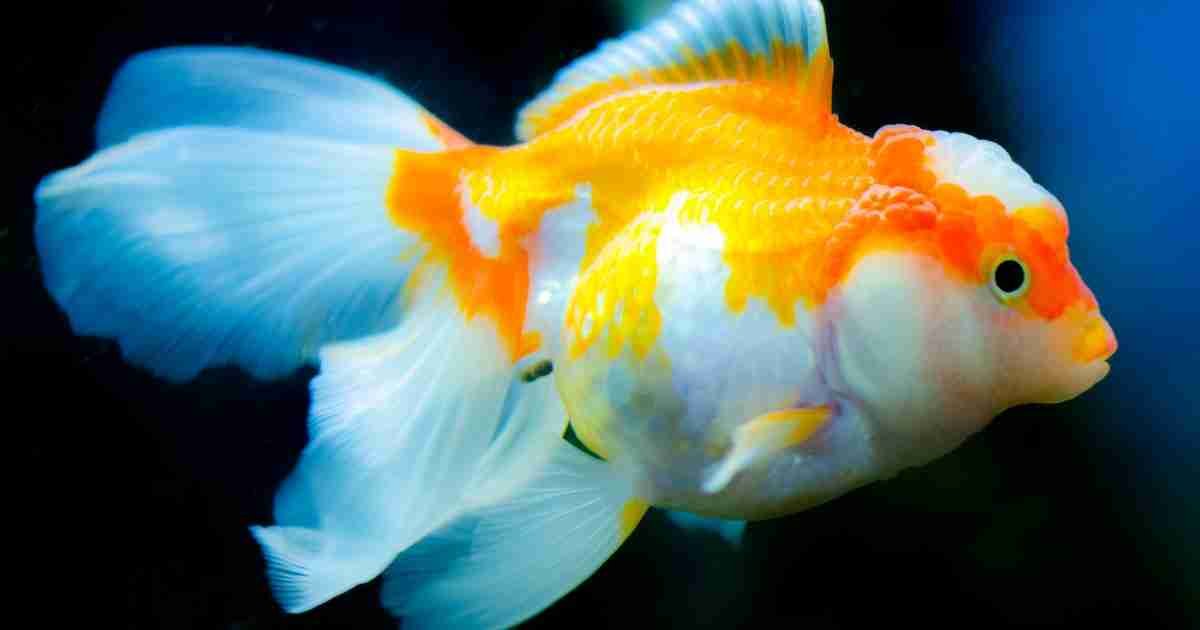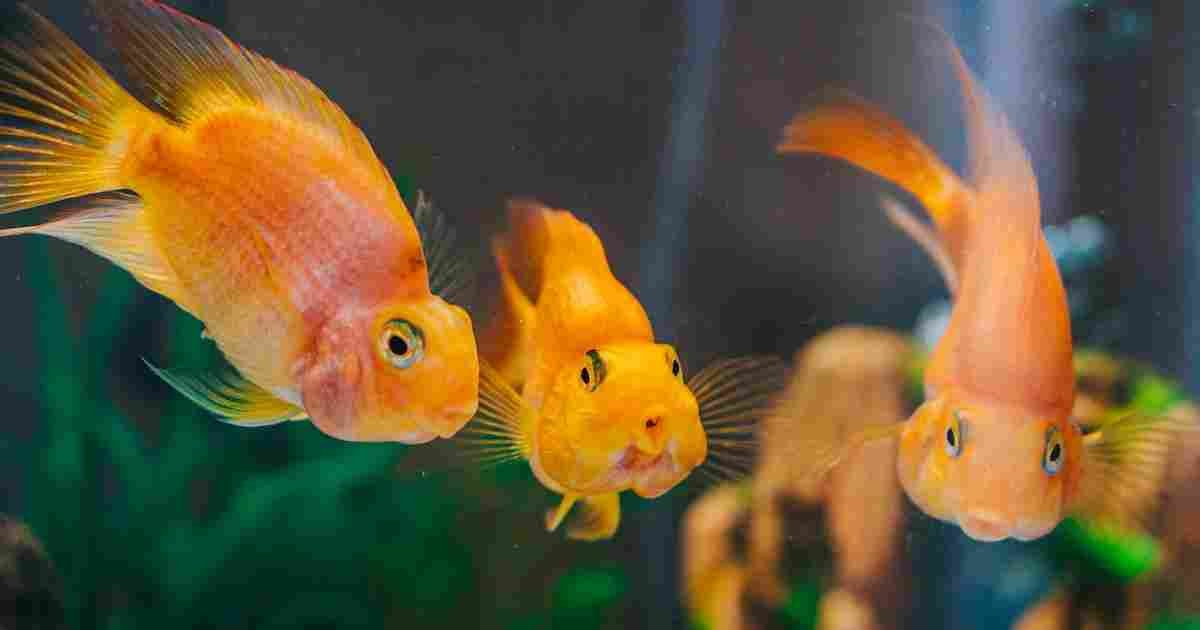Setting up an aquarium is an exciting venture that allows you to create a vibrant underwater ecosystem in your home. One of the most crucial aspects of maintaining a healthy aquarium is ensuring proper feeding and care for your aquatic pets. In this article, we will guide you through the essential steps to set up an aquarium, provide insights on choosing the right fish species, and offer valuable tips on feeding and caring for your aquarium fish.
Choosing the Perfect Aquarium Setup
When setting up an aquarium, several factors come into play to ensure a suitable environment for your fish. Consider the following key points:
Selecting the Right Tank Size
The tank size is crucial as it determines the number and size of fish you can keep. Larger tanks offer more stability and provide a healthier living space for fish. Choose a tank size that suits your space and your fish’s needs. Consider both your preferences and the requirements of the fish species you intend to keep.
- Research the type of fish you want to keep and their adult size requirements.
- Consider the “one inch of fish per gallon” rule as a general guideline, but research specific requirements for your chosen fish.
- Bigger tanks are generally more stable and forgiving for beginners, as they provide a larger water volume to dilute toxins and fluctuations.
- Choose a tank size that fits the available space in your home or office.
- Keep in mind that larger tanks may require more equipment, maintenance, and initial cost.
Deciding on a Freshwater or Saltwater Aquarium
Decide whether you want a freshwater or saltwater aquarium. Freshwater setups are generally more suitable for beginners due to their lower complexity and affordability. Saltwater aquariums require additional equipment and maintenance, making them better suited for experienced aquarists.
Considerations for Aquarium Equipment and Decorations
Invest in a good filtration system to maintain water quality. Additionally, choose appropriate decorations, such as rocks, plants, or ornaments, to create a natural and stimulating environment for your fish. Research the specific requirements of your chosen fish species to determine the ideal equipment and decorations for their well-being.
Freshwater Aquarium
- Ease of Maintenance: Freshwater tanks are generally easier to maintain than saltwater tanks. They require less intricate equipment and simpler water chemistry.
- Fish Selection: A wide variety of freshwater fish species are available, ranging from beginners’ favorites to more exotic options.
- Cost: Setting up a freshwater aquarium is usually more budget-friendly, with less expensive equipment, fish, and decorations.
- Plant Options: Freshwater tanks offer a diverse selection of aquatic plants, allowing for vibrant and natural-looking setups.
- Less Demand on Equipment: Freshwater fish tend to have lower equipment demands and can often thrive in simpler setups.
Saltwater Aquarium
- Aquatic Diversity: Saltwater tanks offer an incredible range of colorful and exotic fish, corals, and invertebrates, allowing for stunning and diverse displays.
- Visual Appeal: The vibrant colors and intricate coral formations of saltwater tanks can create captivating underwater landscapes.
- Challenging and Rewarding: Maintaining a saltwater tank can be more challenging due to the need for stable water parameters and more sophisticated equipment. However, the learning process can be rewarding.
- Coral Reefs: If you’re interested in creating a mini coral reef ecosystem, saltwater tanks provide the opportunity to cultivate corals and mimic ocean environments.
- Cost: Saltwater setups tend to be more expensive due to the specialized equipment required and the higher cost of marine fish, corals, and invertebrates.
Considerations for Freshwater and Saltwater
- Experience Level: Freshwater tanks are often recommended for beginners due to their simpler setup and maintenance. Saltwater tanks are better suited for more experienced hobbyists.
- Time Commitment: Saltwater tanks typically require more attention to detail and maintenance, which may not be suitable for those with limited time.
- Research: Thoroughly research the specific requirements of the type of tank you’re considering, as each has its unique challenges and care needs.
- Personal Preference: Your personal interest in either freshwater or saltwater ecosystems should guide your choice. Both options can be incredibly fulfilling, but they offer different experiences.
Ultimately, the decision between a freshwater or saltwater aquarium depends on your level of commitment, experience, budget, and the type of aquatic environment you’re most drawn to.
Selecting the Ideal Fish Species
Selecting the right fish species is crucial for a successful aquarium setup. Consider the following factors when choosing your aquatic pets:
Understanding Different Types of Fish
Fish species can be categorized into different types, including tropical fish, coldwater fish, and brackish water fish. Learn about the specific characteristics, behaviors, and care requirements of each type to make an informed decision.
Tropical Fish: Characteristics
- Native to warm waters with temperatures typically ranging from 75°F to 80°F (24°C to 27°C).
- Vivid and diverse colors, often with striking patterns.
- Tropical fish can be found in various shapes and sizes, from small tetras to larger cichlids.
Fish Behaviors
- Active and lively swimmers are often seen exploring the entire aquarium.
- Some species are known to be schooling fish, meaning they prefer to be in groups.
Care Requirements
- Maintain a stable temperature within the recommended range using a heater.
- Provide ample hiding spots and plants for shelter and territorial boundaries.
- Offer a varied diet consisting of high-quality tropical fish flakes, pellets, and occasional live/frozen foods.
Coldwater Fish: Characteristics
- Naturally adapted to cooler temperatures, typically ranging from 60°F to 72°F (15°C to 22°C).
- Coldwater fish include species like goldfish, koi, and certain minnows.
Fish Behaviors
- Slower swimmers compared to tropical fish due to the cooler water temperatures.
- Goldfish are social and enjoy the company of their own kind.
Care Requirements
- Monitor water temperature and avoid drastic fluctuations.
- Use a filter to maintain water cleanliness and quality.
- Provide a spacious tank as goldfish and koi can grow quite large.
Brackish Water Fish: Characteristics
- Inhabit estuaries where freshwater and saltwater mix, leading to a mix of both environments.
- Brackish water fish have adapted to tolerate a wide range of salinity levels.
Fish Behaviors
- Display a range of behaviors, some similar to freshwater and others to marine fish.
- Some species are active swimmers, while others may prefer to hide.
Care Requirements
- Use a hydrometer to monitor and maintain the ideal salinity level (around 1.005 to 1.015 specific gravity).
- Provide a tank with a mix of freshwater and marine elements, such as rocks, plants, and driftwood.
- Choose compatible species as some brackish water fish can be territorial.
Compatibility and Community Tanks: Ensure that the fish you choose are compatible with each other. Some fish can live harmoniously in community tanks, while others may exhibit aggression towards certain species. Research compatibility charts or seek advice from experts to build a harmonious fish community.
Researching Fish Species Requirements: Different fish species have varying requirements for water temperature, pH levels, and diet. Before adding fish to your aquarium, thoroughly research their specific needs to provide an optimal environment for their growth and well-being.
Setting Up the Aquarium
Properly setting up your aquarium lays the foundation for a healthy ecosystem. Follow these steps:
- Preparing the Tank: Clean the tank thoroughly, ensuring there are no traces of chemicals or contaminants. Rinse the gravel, decorations, and any other items that will be placed in the tank. Carefully arrange the decorations and create a visually appealing aquascape.
- Installing the Filtration System: Install a suitable filtration system to remove impurities and maintain water quality. Choose a filter that matches the size of your tank and consider adding a heater if necessary. Ensure proper water circulation to prevent stagnant areas.
- Balancing Water Parameters: Monitor and adjust the water temperature, pH level, and ammonia/nitrate levels to create a suitable environment for your fish. Test the water regularly using appropriate kits and make necessary adjustments using water conditioners and additives.
Introducing Fish to the Aquarium

When it’s time to introduce fish to your aquarium, follow these guidelines:
- Acclimating the Fish: Allow the fish to acclimate to the water temperature by floating the transport bag in the tank for about 15-20 minutes. Gradually add small amounts of aquarium water to the bag, allowing the fish to adjust to the new water conditions. Finally, gently release the fish into the tank.
- Handling and Transporting Fish Properly: When transporting fish from the store to your home, ensure the bags are securely sealed and kept at a stable temperature. Avoid exposing the fish to extreme temperatures or prolonged periods without oxygen.
- Avoiding Overstocking: Avoid overstocking your aquarium to prevent overcrowding and stress among the fish. Research the adult size of each species and plan accordingly to maintain a balanced ecosystem.
Feeding Your Aquarium Fish
Proper nutrition is essential for the health and vitality of your aquarium fish. Consider the following feeding tips:
- Choosing the Right Fish Food: Select high-quality fish food that is appropriate for the species you have. Different fish may require specific types of food, such as flakes, pellets, frozen, or live food. Offer a varied diet to ensure well-balanced nutrition.
- Establishing a Feeding Schedule: Create a consistent feeding schedule to regulate the fish’s intake. Overfeeding can lead to poor water quality and health issues, while underfeeding can result in malnutrition. Feed your fish small portions at regular intervals, adjusting the quantity based on their appetite.
- Avoiding Overfeeding and Underfeeding: Monitor your fish’s feeding habits and adjust the amount of food accordingly. Feed them what they can consume within a few minutes, removing any excess to prevent water contamination. Remember, it’s better to underfeed than overfeed.
Caring for Aquarium Fish
Maintaining a healthy environment is crucial for the well-being of your aquarium fish. Follow these care tips:

- Monitoring Water Quality: Regularly test the water parameters such as temperature, pH, ammonia, nitrite, and nitrate levels. Make adjustments as necessary to maintain a stable and healthy environment for your fish.
- Performing Regular Water Changes: Regularly change a portion of the water to remove accumulated toxins and waste products. Aim for a 10-20% water change every one to two weeks, depending on your tank’s size and the fish load. Use a siphon to clean the gravel during water changes.
- Maintaining a Healthy Environment: Keep the aquarium clean by removing uneaten food, dead plants, and any debris. Ensure proper lighting and maintain a stable temperature to promote the growth of beneficial bacteria and support your fish’s overall health.
Dealing with Common Issues
Despite your best efforts, aquarium fish may encounter some common issues. Here’s how to handle them:
- Recognizing and Treating Fish Diseases: Learn to identify common fish diseases such as fin rot, ich, or fungal infections. Quarantine sick fish promptly and seek appropriate treatment options. Consult a veterinarian or a knowledgeable aquarium professional for guidance on specific medications and procedures.
- Handling Algae Growth: Algae growth is a common issue in aquariums. Implement proper lighting periods, maintain a consistent cleaning routine, and ensure a balanced nutrient level to prevent excessive algae growth. Consider adding algae-eating fish or introducing live plants to help control algae.
- Managing Aggressive Behavior: If you notice aggression among fish species, observe their behavior and intervene if necessary. Remove overly aggressive individuals or rearrange decorations to create territorial boundaries. Provide hiding spots and sufficient space to minimize aggression.
Conclusion
Setting up and maintaining an aquarium requires careful attention to detail, but the rewards are endless. By following the guidelines outlined in this article, you can create a thriving aquatic ecosystem that provides a safe and healthy environment for your fish. Remember, regular monitoring, proper feeding, and diligent care will contribute to the long-term success of your aquarium.
Frequently Asked Questions (FAQs)
How often should I feed my aquarium fish?
Feed your fish small portions two to three times a day. Adjust the frequency based on the species and their feeding habits.
Can I feed my fish human food?
It’s generally best to stick to specialized fish food formulated for their nutritional needs. Human food may not provide the essential nutrients and can lead to health issues.
Do I need to turn off the aquarium lights at night?
Turning off the lights at night is recommended to give your fish a dark period and simulate their natural day-night cycle.
How do I deal with aggressive fish in my tank?
Remove overly aggressive fish from the tank or rearrange decorations to create separate territories. Providing hiding spots can also help minimize aggression.
What is the ideal water temperature for tropical fish?
Tropical fish generally thrive in water temperatures ranging from 75°F to 82°F (24°C to 28°C). However, it’s crucial to research the specific temperature requirements of your chosen species.







Leave a Comment
You must be logged in to post a comment.